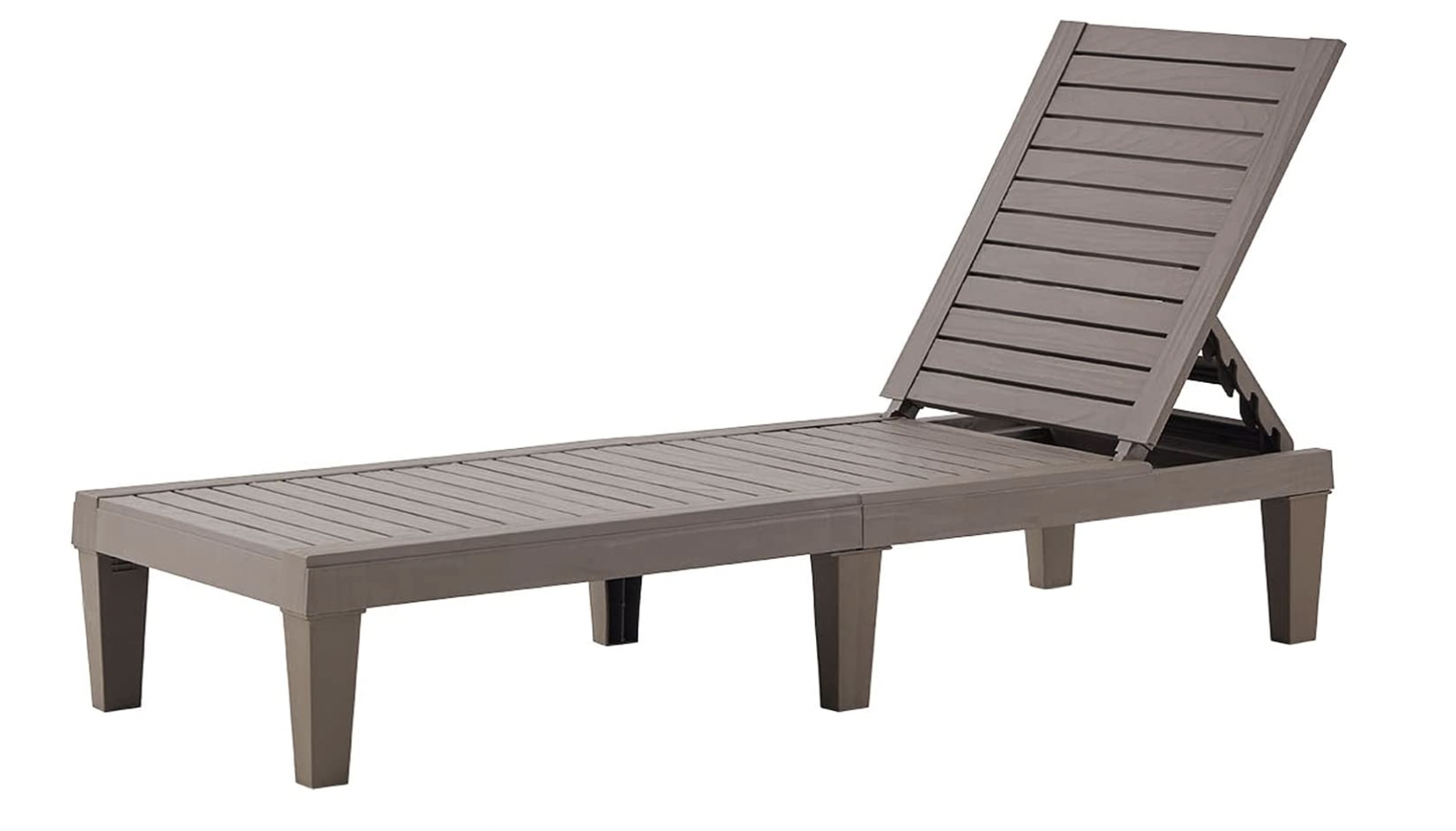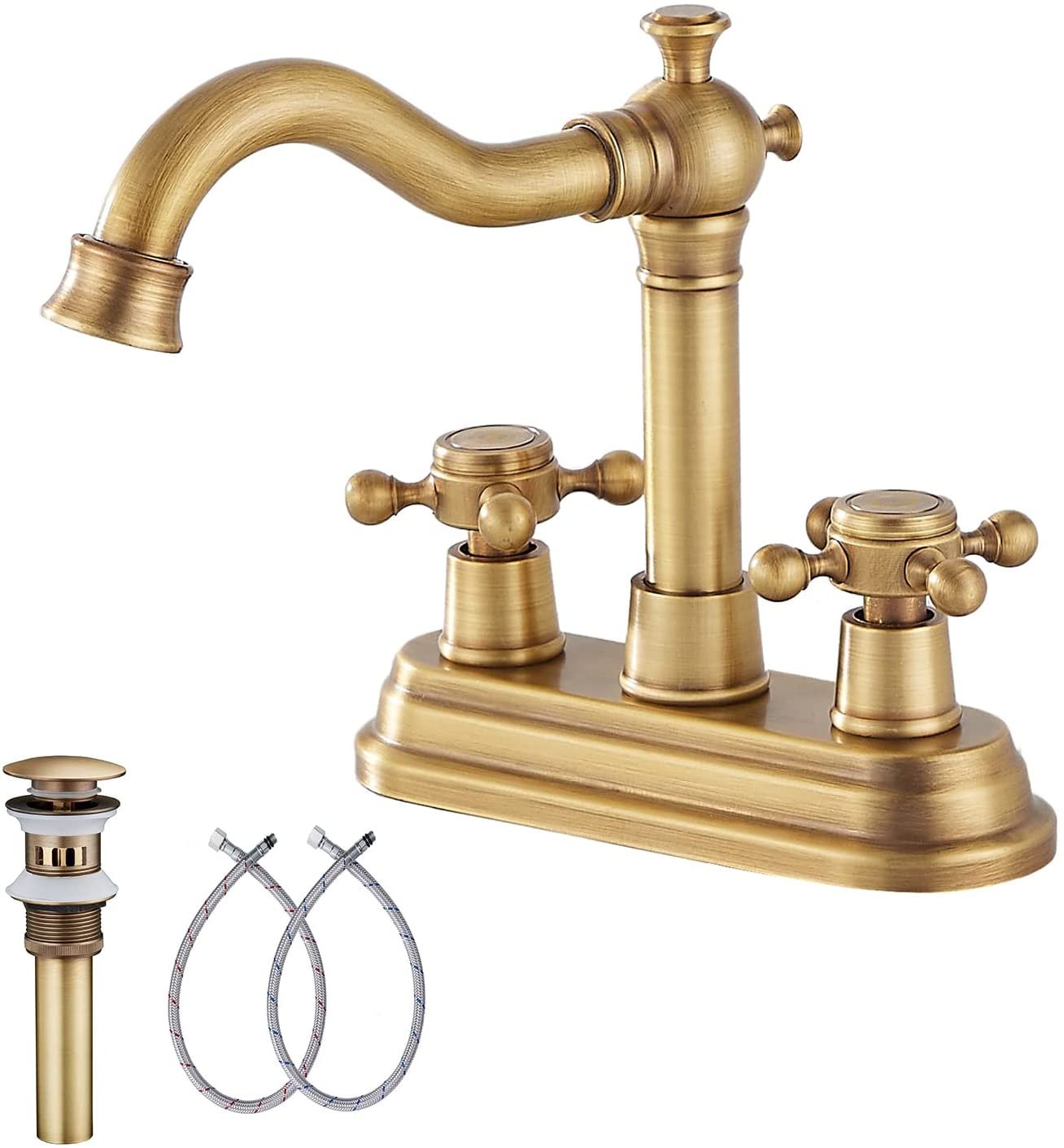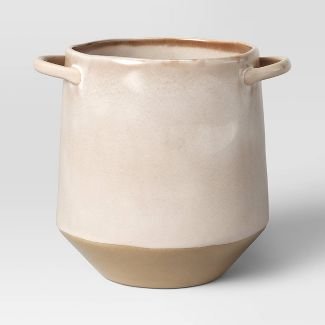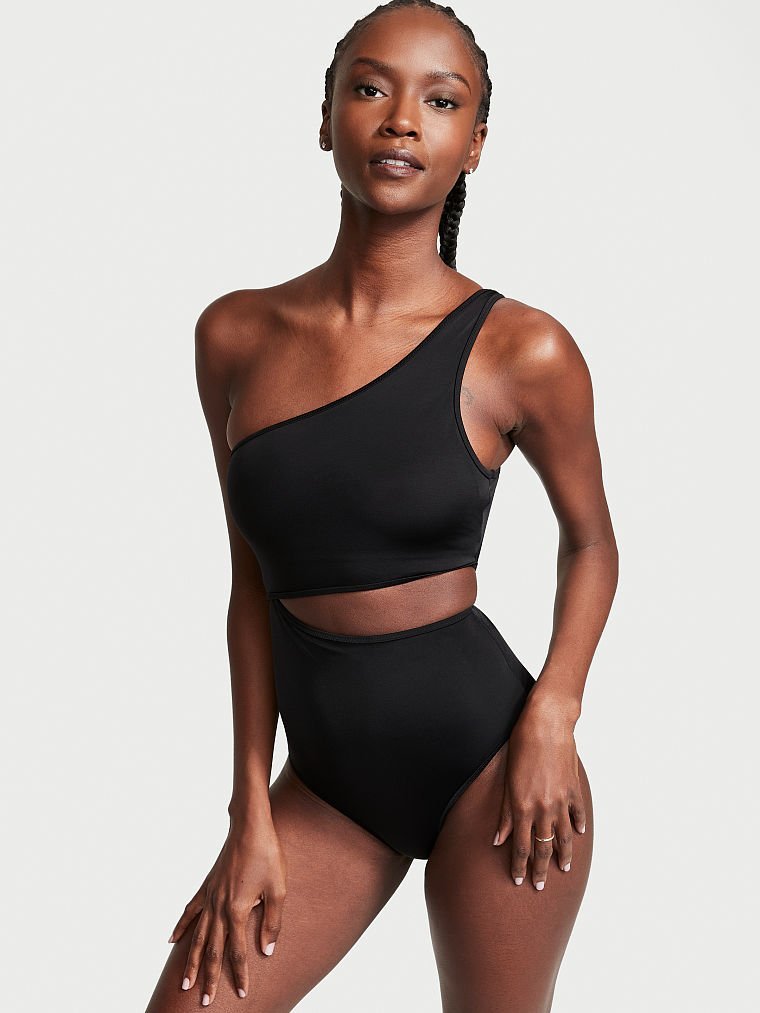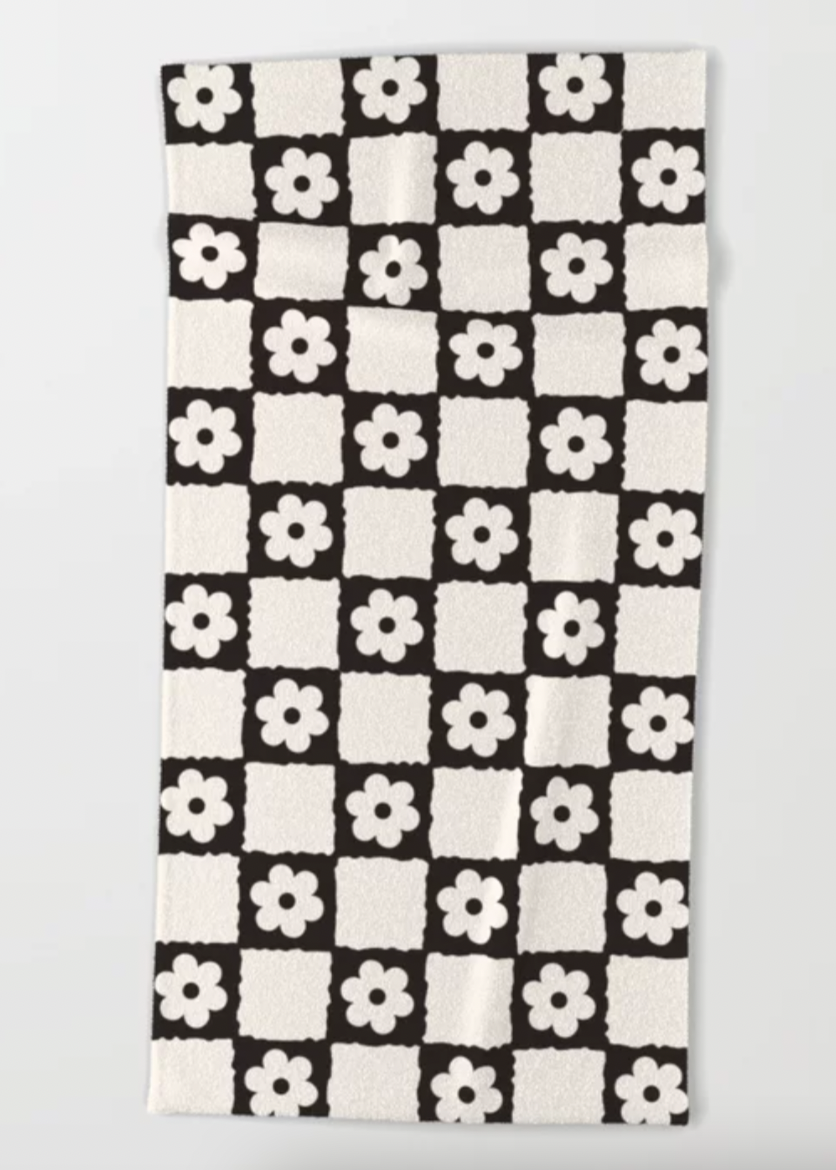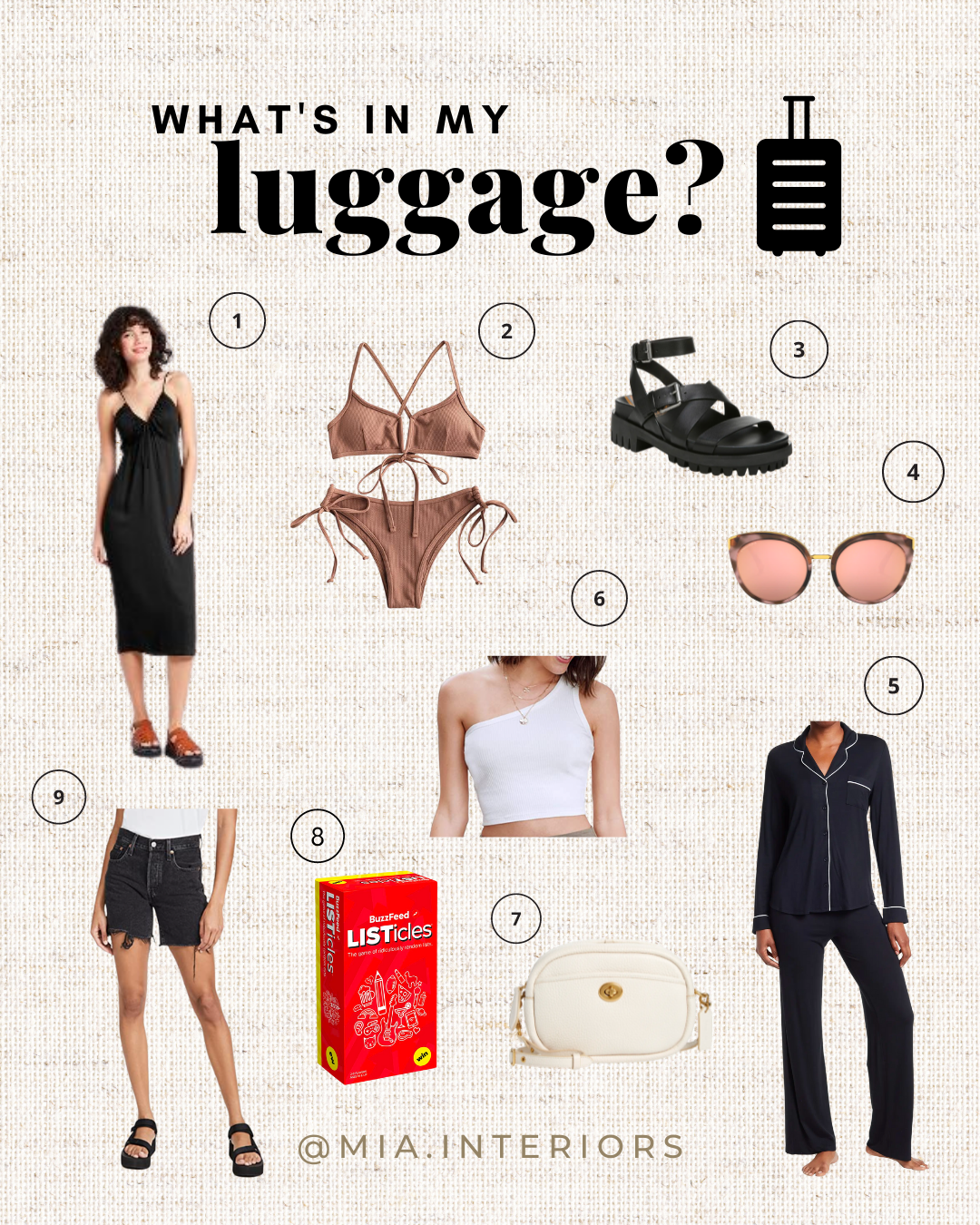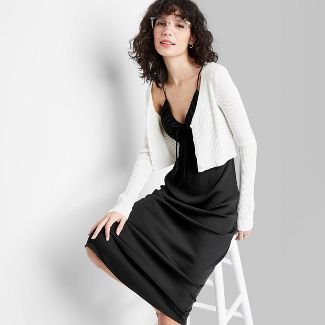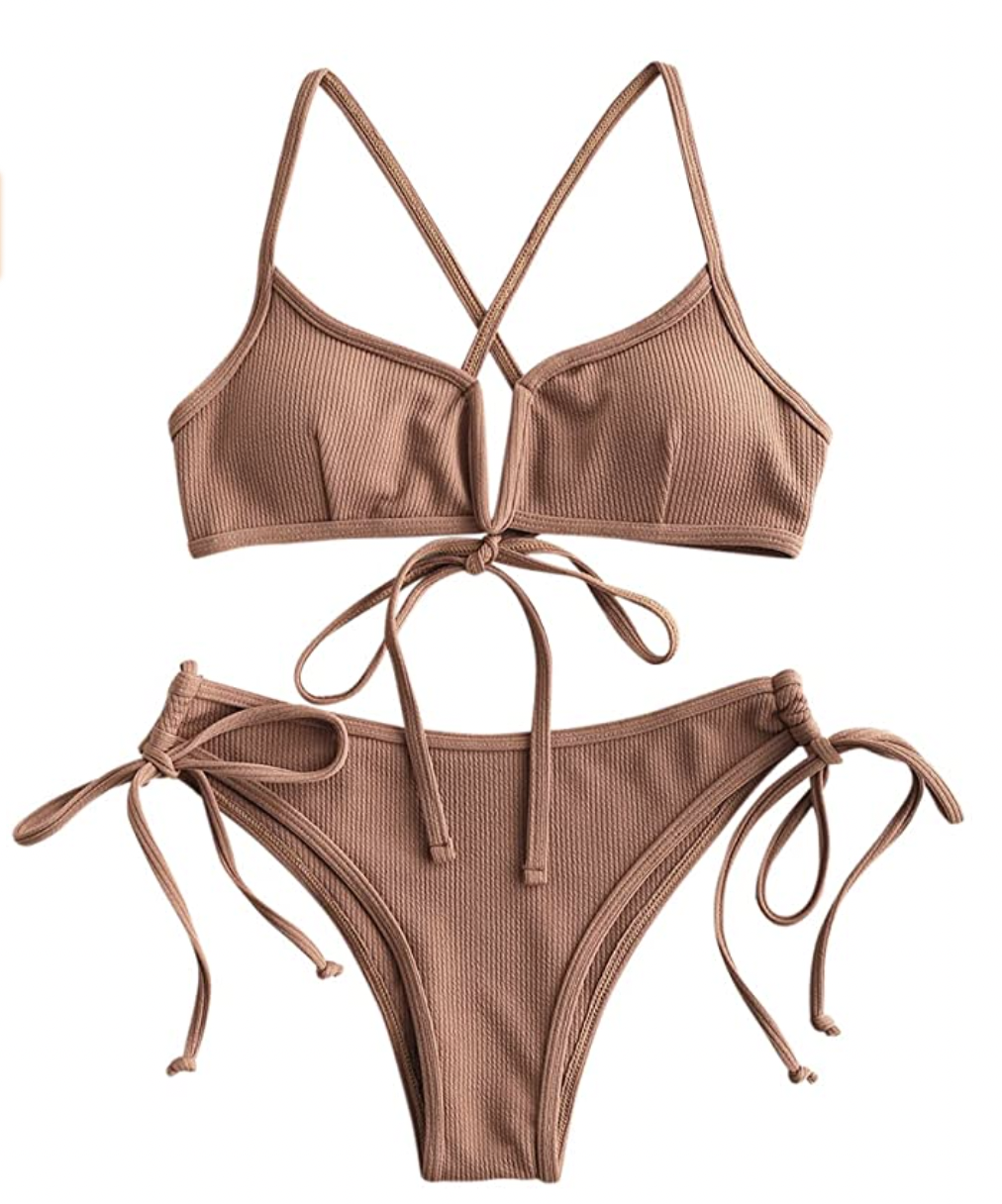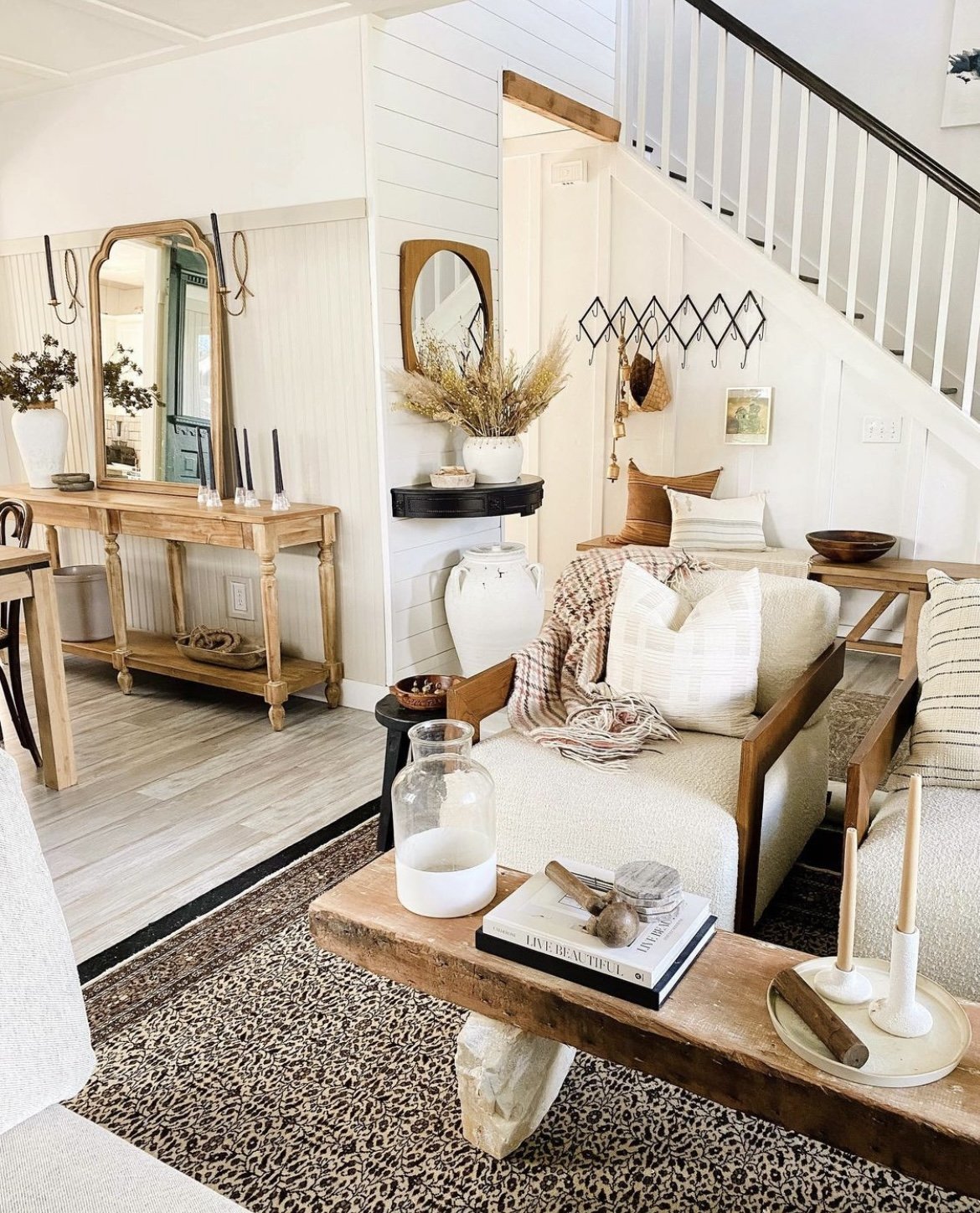What's In My Cart?
/Spring is in full swing and you can tell by my online shopping carts…fresh white sneakers, outdoor lounge chairs, spring planters, and more!
1. Outdoor Chaise Lounge - $169
With patio weather quickly approaching it’s time to get our backyard in tip-top shape. These lounge chairs from Amazon are a nice neutral brown color, adjustable, and currently under $150 with a bonus discount!
I’m currently in the process of giving the powder room a little update, so I think this bathroom faucet would be a great simple update with big impact. With so many manufacturing and shipping delays, this Amazon prime-shipping find is huge and a great price!
3. Nike In-Season TR 9 - $75
You really can’t go wrong with a pair of white sneakers or a pair of Nikes…these are the best of both worlds. The elastic on these makes them so great to just slip on for an early workout. 20% off right now too!
The checkerboard trend is still going strong in my house and I love the neutral palette and natural texture of this rug.
I’ve been searching for some new planters for spring and I loved the handles and two-tone of this one.


